During times of crisis, when power grids fail and communication networks fade to black, maintaining contact with loved ones becomes paramount. Recent years have seen severe weather phenomena like hurricanes and wildfires, leaving many stranded without the usual means of connectivity, such as cell phones and the internet. Despite this, low-tech alternatives can serve as a lifeline for relaying messages and exchanging information until infrastructure is up and running. Let’s look into unconventional yet reliable communication methods utilized in historical emergencies that could offer a lifeline should modern systems falter.
#1. Signal Fire
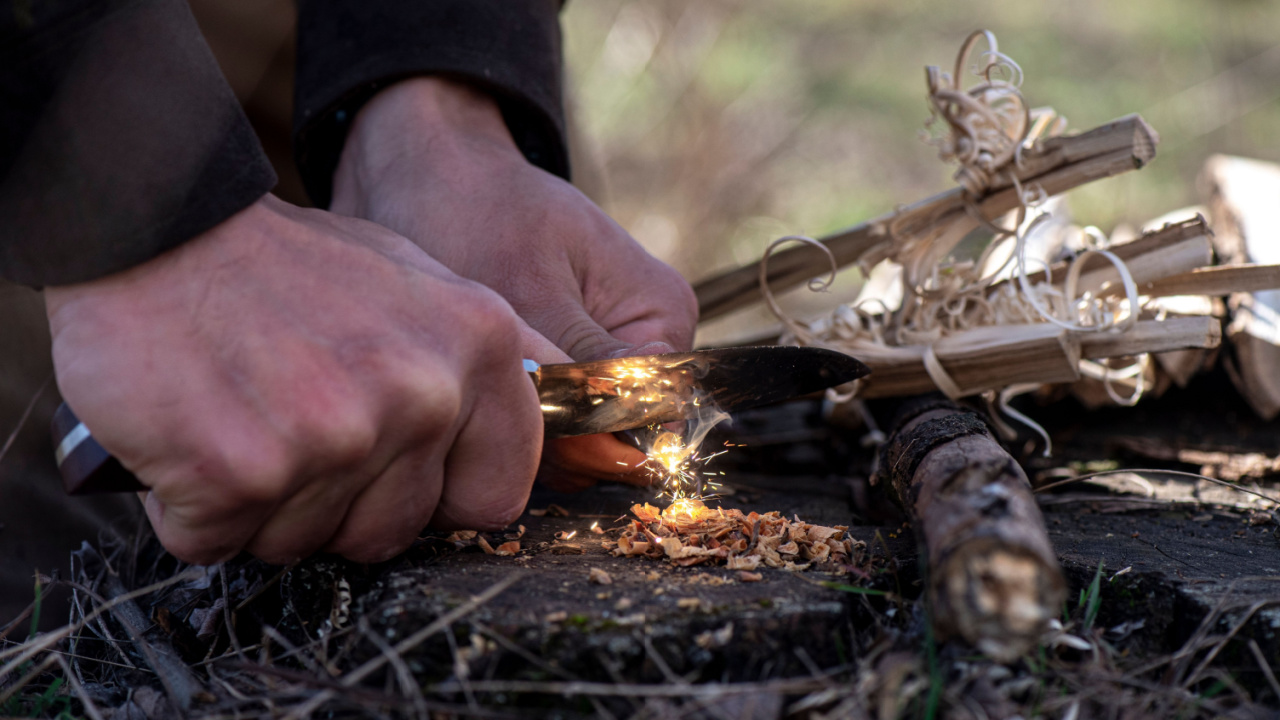
Before cell phones and satellite phones, ancient civilizations used smoke signals to send messages across long distances. Native American tribes, for instance, mastered this art by lighting signal fires and creating patterns of smoke to communicate warnings, share locations, or make contact.
#2. Flag Semaphore
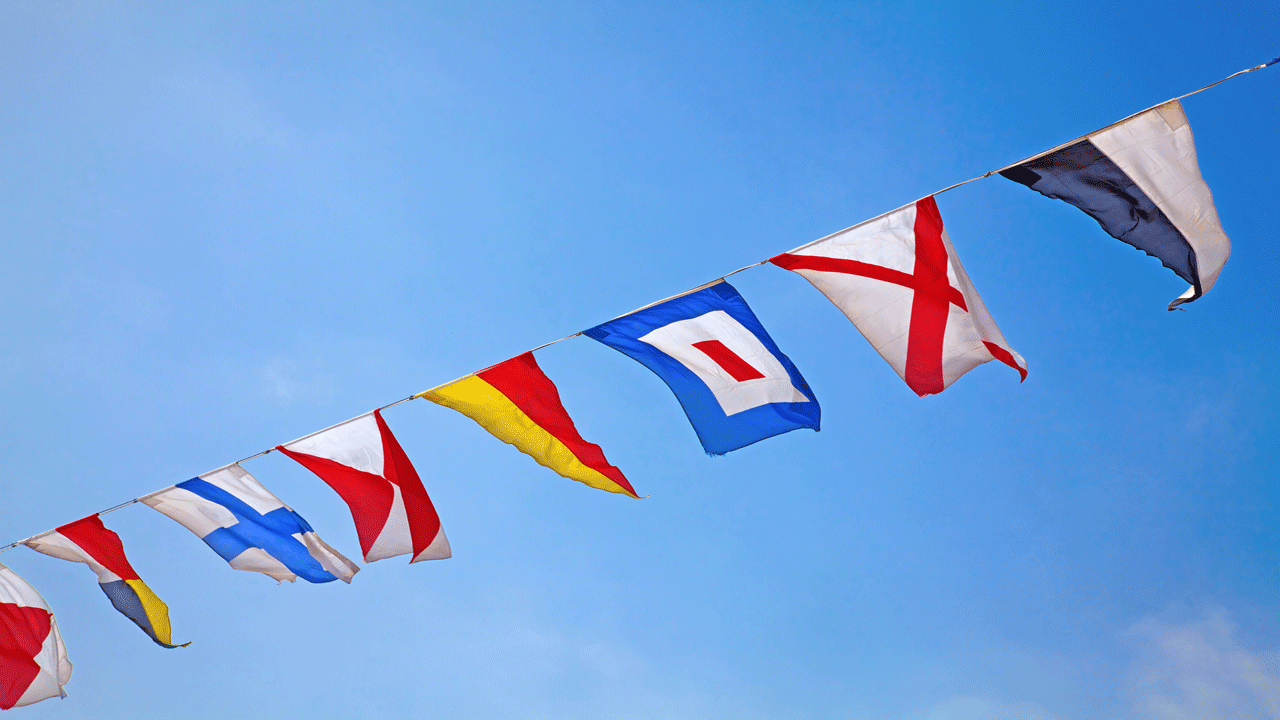
Another unconventional but effective way to communicate is with flag signals. Different colored flags held up in specific patterns can relay messages such as distress signals or locations.
#3. Carrier Pigeons

Since the 5th century BC, people have used carrier pigeons as messengers in wars and emergencies. These birds are trained to carry important messages back home. Despite technological advancements, carrier pigeons are still a reliable way to communicate in remote or crisis-affected areas without modern infrastructure.
#4. Smoke Signals
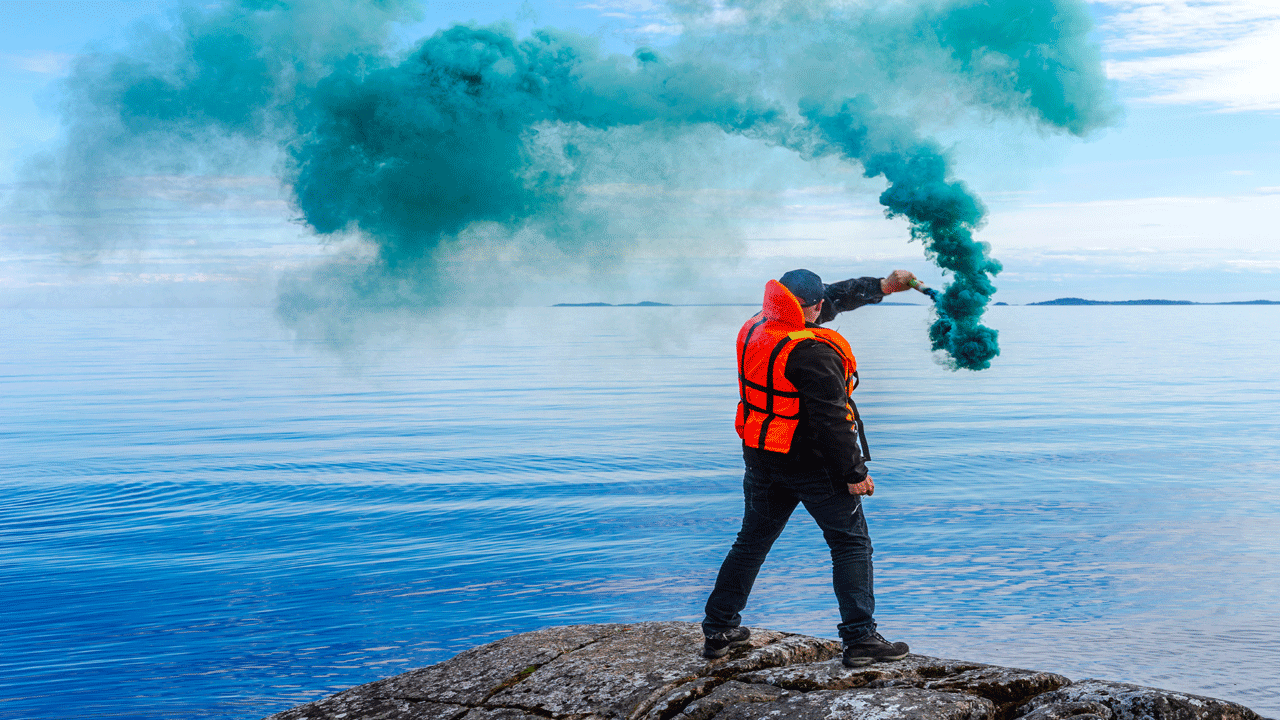
Indigenous peoples have used smoke signals for thousands of years to send messages across long distances. By lighting fires and using specific patterns and colors of smoke, people could communicate warnings or share important information with neighboring tribes. While not as widely used today due to technological advancements, smoke signals are still an effective
#5. CB Radios
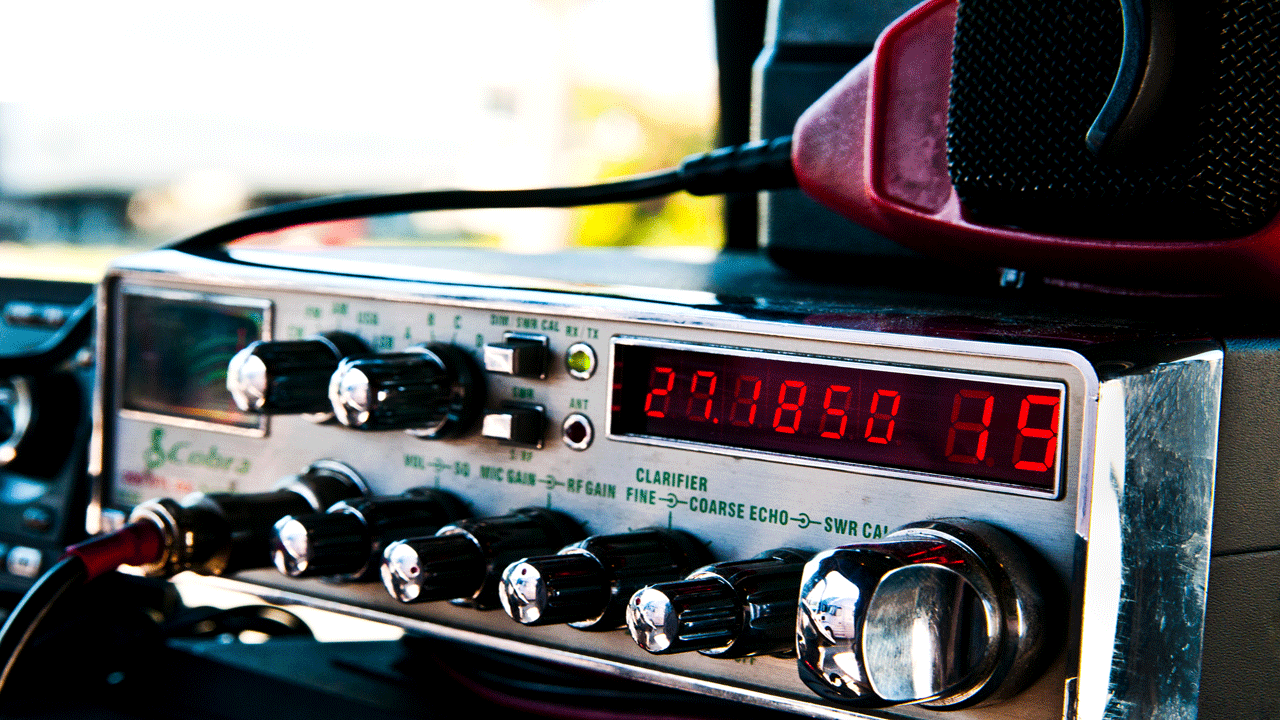
CB radios gained popularity during the 1970s and 1980s as a means for individuals to connect within short distances, and they remain popular among truck drivers, travelers, and hobbyists for informal chats or updates on traffic conditions. In times of disaster or emergencies, CB radios serve as invaluable communication tools when traditional phone lines and other communication methods are unavailable due to their operation on distinct frequencies.
#6. Ham Radio

Ham radios use amateur radio frequencies and can reach beyond typical shortwave radios, making them valuable for emergencies when traditional methods fail. They have been used in natural disasters like hurricanes, earthquakes, and floods to coordinate rescue operations and provide vital information.
#7. Morse Code
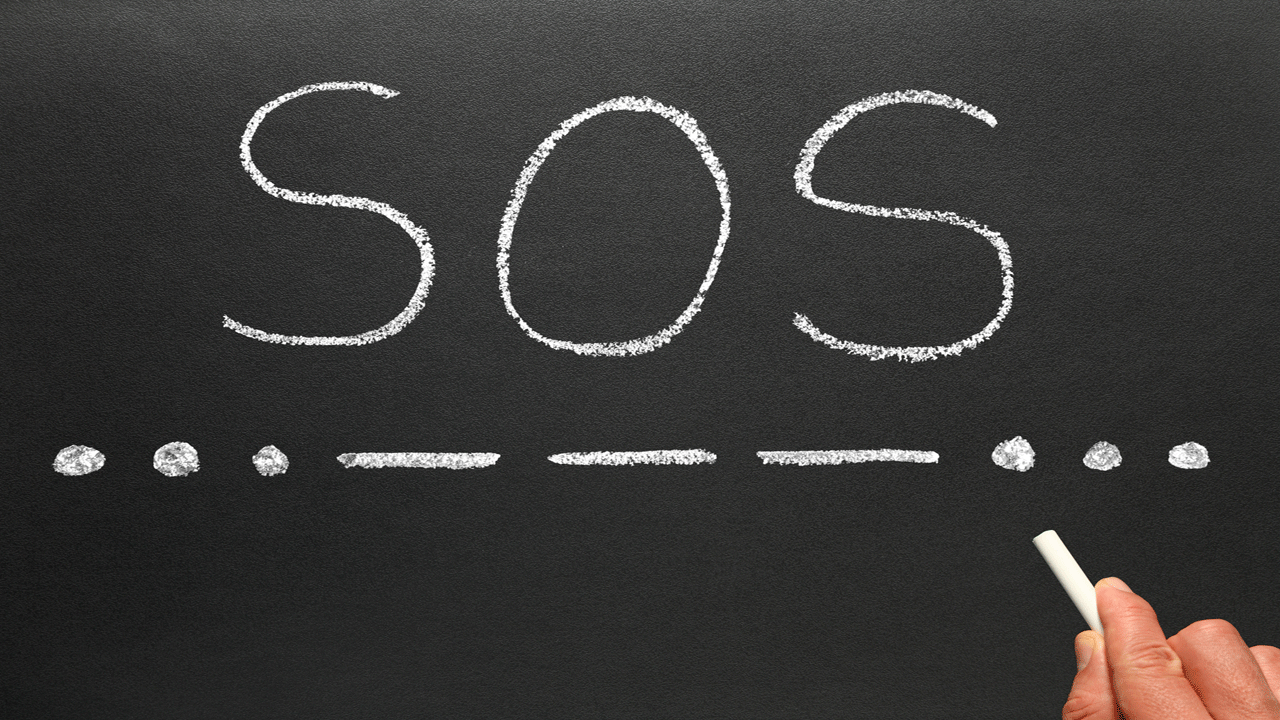
Morse code sends messages through dots (short) and dashes (long) using sound or light signals. First developed in the 1830s by Samuel Morse for telegraph communication, it became widely used during World War II to transmit secret military messages. Today, it is still taught and used by amateur radio operators and has even gained popularity as a form of communication in survival situations.
#8. Satellite Phones
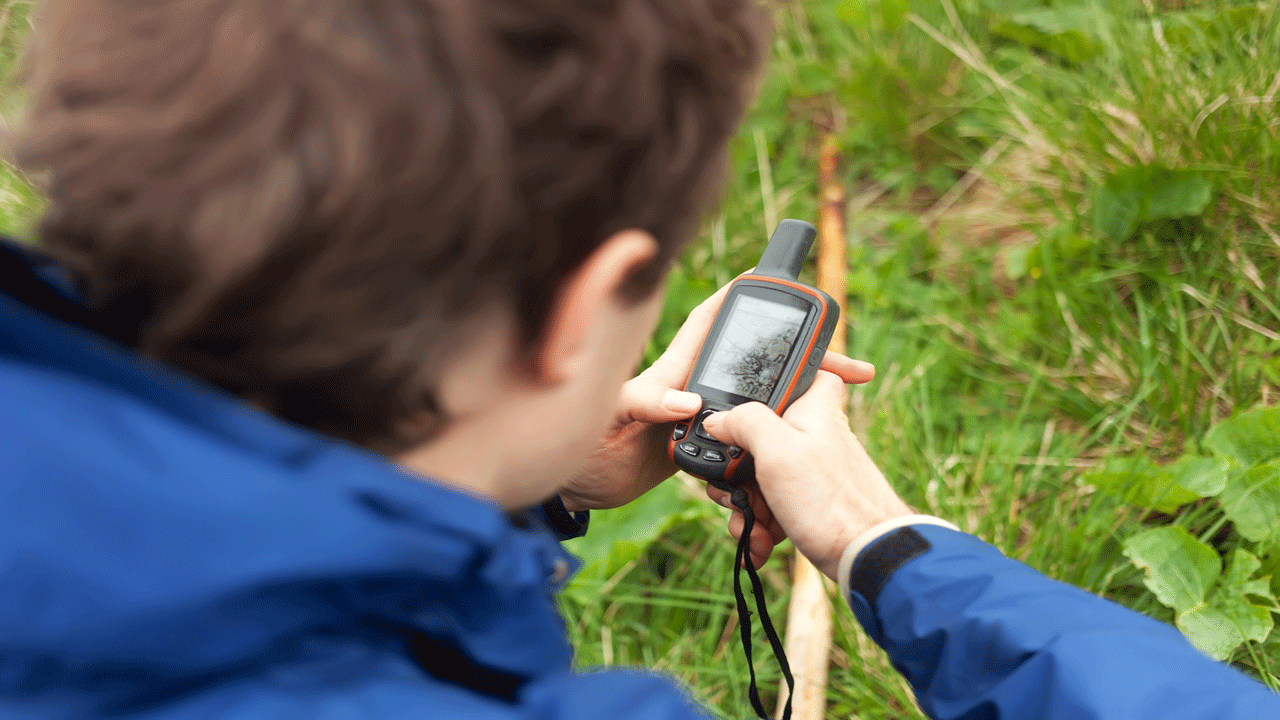
Satellite phones utilize orbiting satellites for communication and can provide a lifeline for those stranded or injured in remote locations without access to traditional forms of communication. Remote workers, adventurers, and military personnel operating in regions lacking cell phone coverage or landlines use these devices to stay in contact with others.
#9. Two-Way Radios
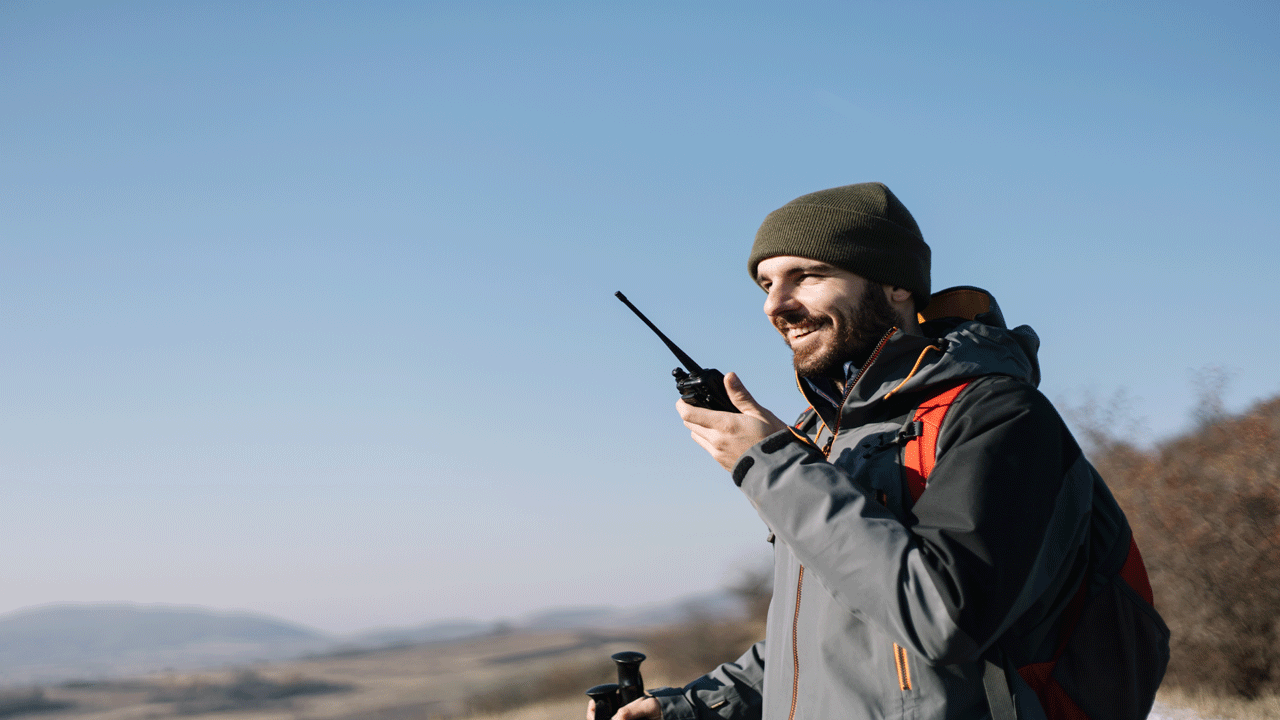
Today, we have various types of two-way radios, allowing more efficient communication. FRS and GMRS are two types of walkie-talkies that use specific frequencies to send voice messages over short distances. These radios are ideal for personal use by families or small groups during outdoor activities. They are perfect for emergency situations when other forms of communication may not be available or reliable.
#10. Mirrors
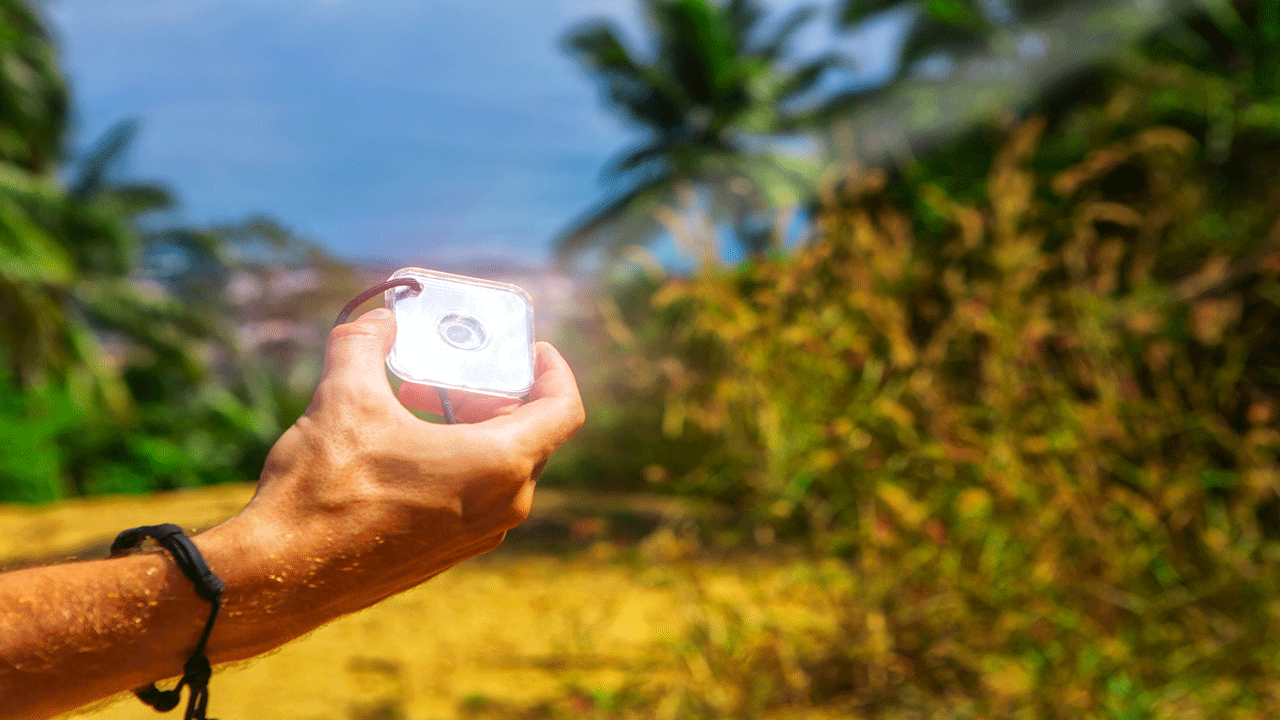
Mirrors may not seem like a traditional form of communication, but their use dates back centuries to signal and pass messages over long distances. The military used mirrors during ancient times to reflect sunlight and send signals across battlefields. They are still used in emergencies to attract attention or signal for help.
#11. Flares
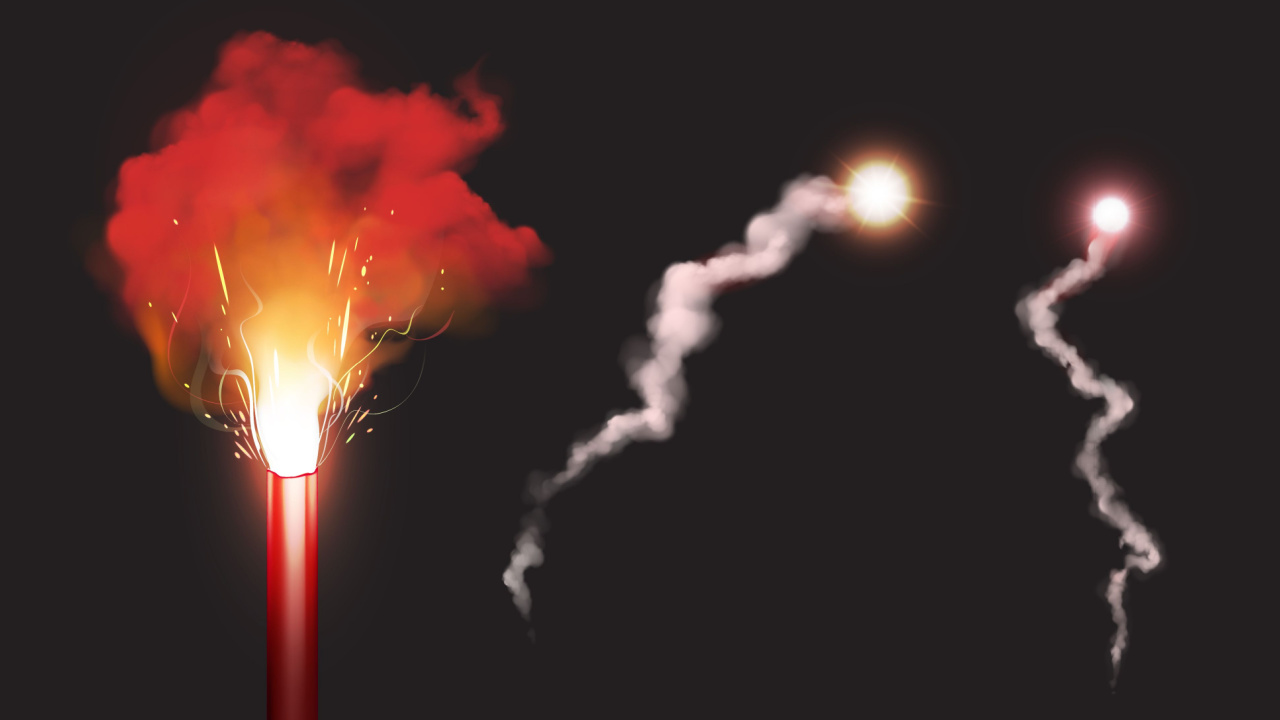
Flares are another type of visual signaling device that many use in emergencies, most notably on the side of highways indicating an accident. They produce bright lights and smoke, which can be seen from great distances, making them an effective method of communication when other forms may not be available.
#12. Whistles

Whistles have been around since ancient times, used by sailors on ships to signal commands or alert others of danger. Many hikers and outdoor enthusiasts carry whistles with them as a way to signal for help if they get lost or injured in the wilderness.
#13. Mesh Networking
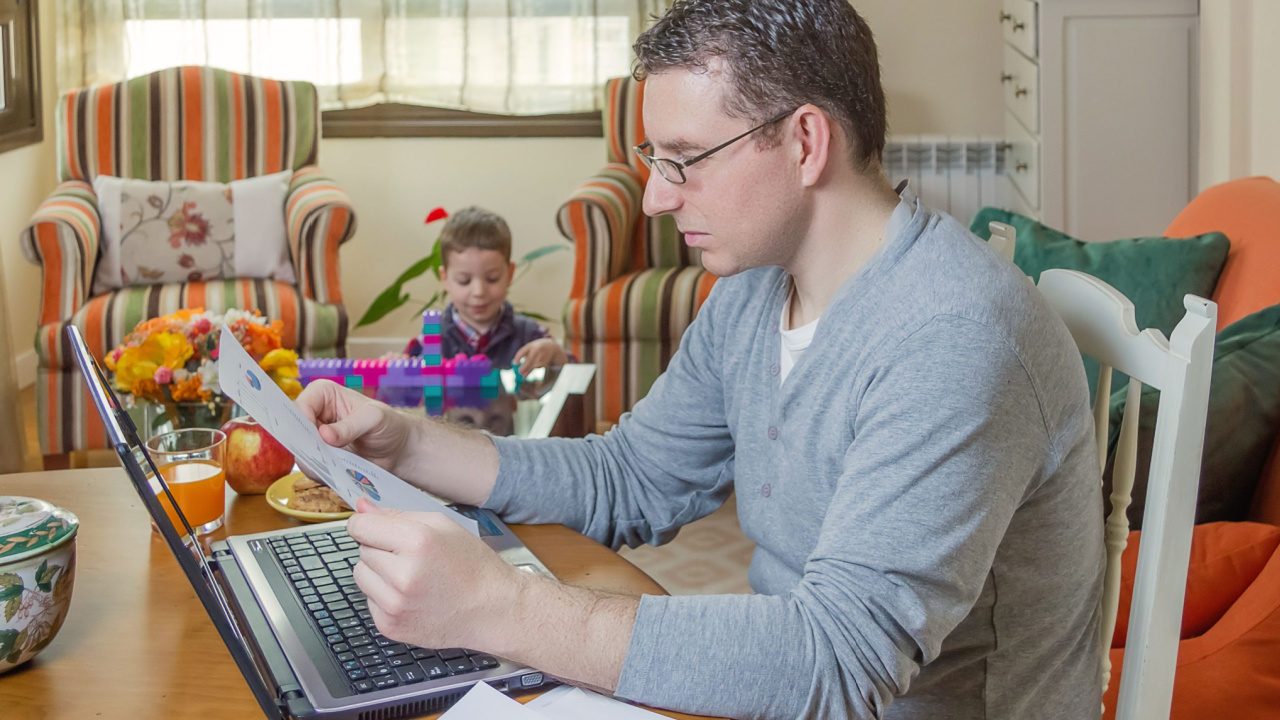
Mesh networking is a communication system that allows devices to communicate without needing traditional infrastructure, such as cell towers or wifi routers. In a mesh network, each device acts as a transmitter and receiver, relaying messages between other devices until they reach their intended destination.
#14. Glow Sticks
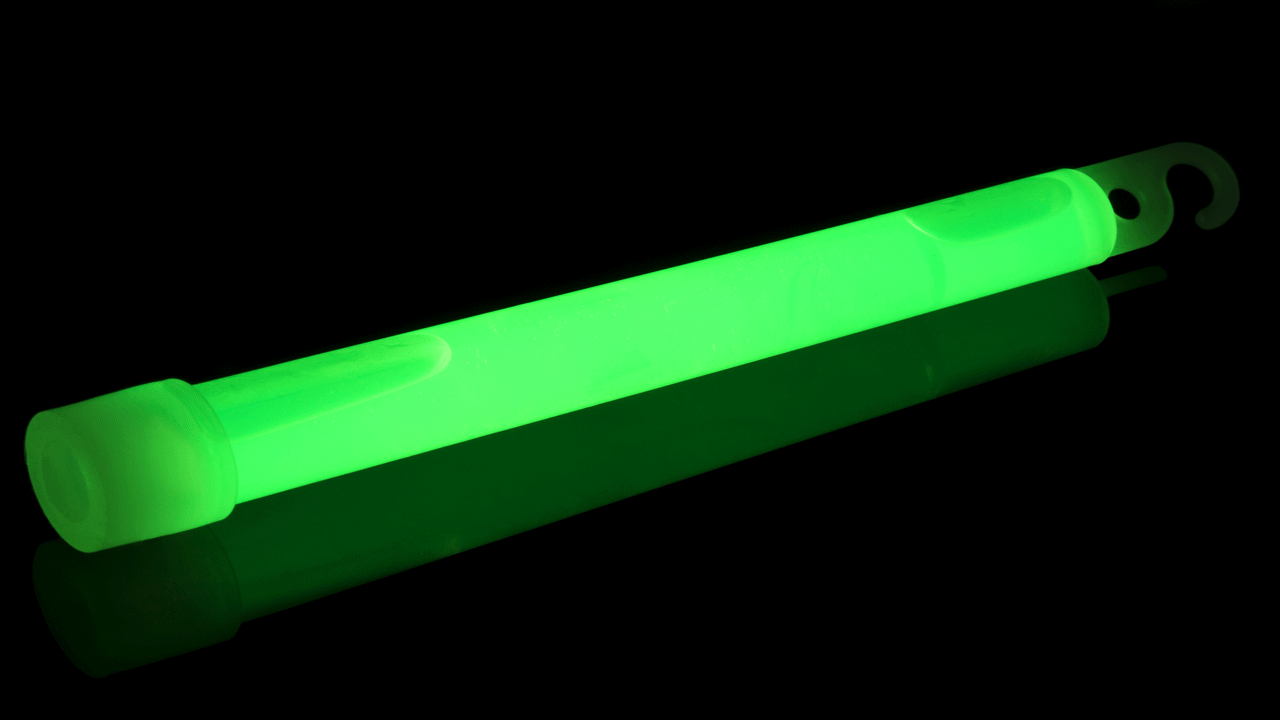
Glow sticks, or light sticks, are small plastic tubes filled with a chemical solution that produces light when combined with another substance. Glow sticks can last from a few hours to several days, depending on the type and quality, making them useful for signaling or marking locations.
#15. GPS Messengers
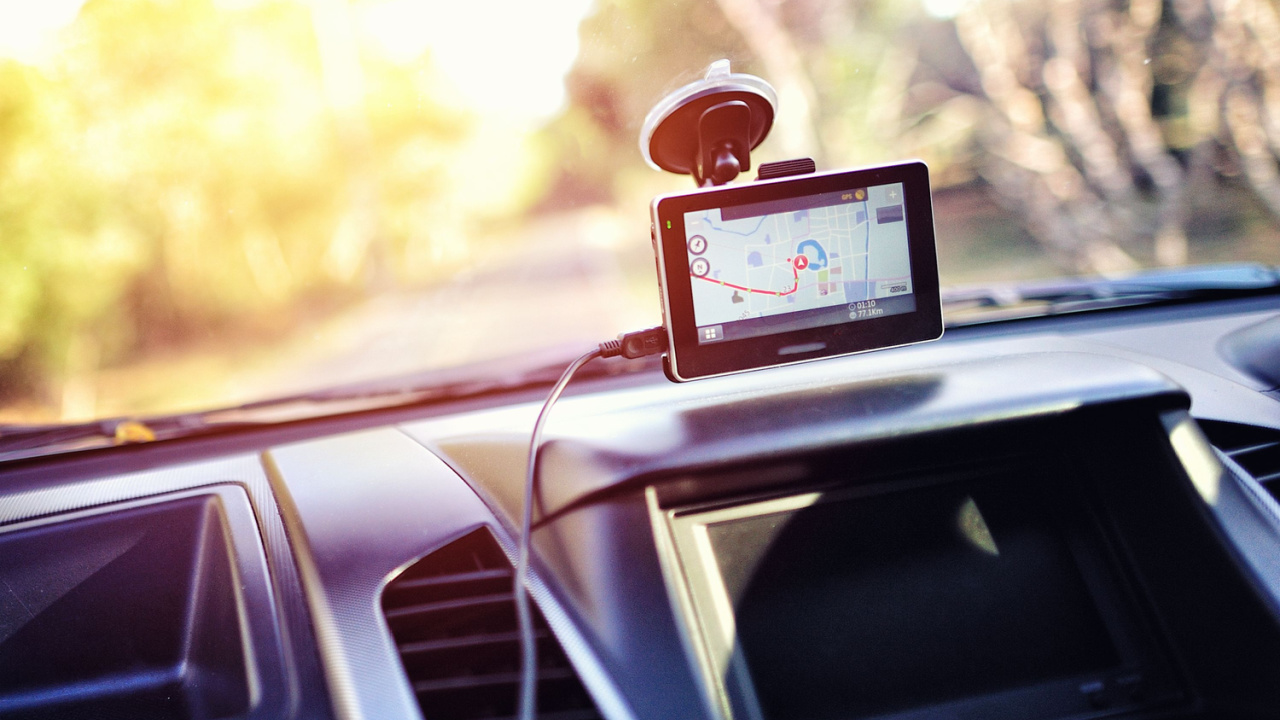
GPS messengers are compact devices that use satellite technology to send and receive text messages and location information essential for communication and emergencies in remote areas without cell service. They often have features like tracking, weather updates, and SOS buttons for added safety.
#16. Written Messages

Notes or letters are a great way to communicate during a disaster or emergency to convey critical information, such as evacuation plans, updates on safety procedures, or messages of hope and support. Planning drop-off locations for written messages and establishing a distribution system for the intended recipients is essential.
#17. Signs
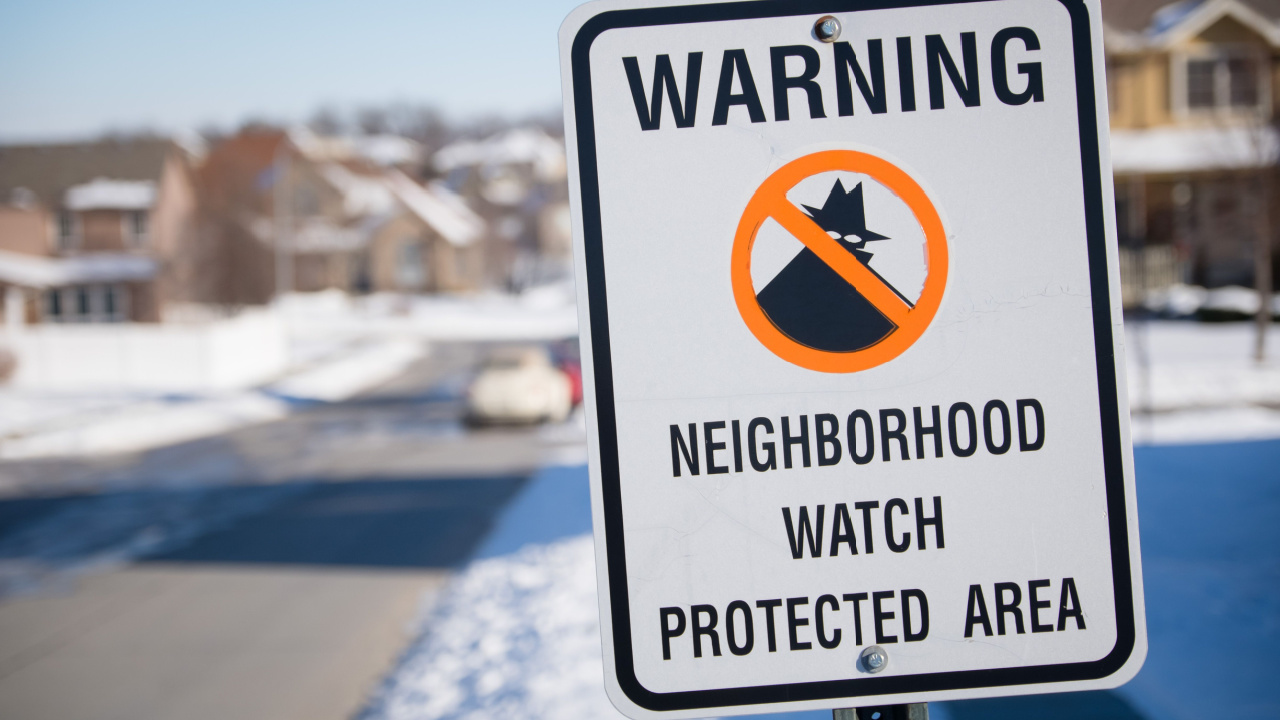
In times of disaster or emergency, clear and visible signs can be a way to communicate with others and provide important information. Signs can be placed on trees with directions or essential information for those passing by. Using materials that will withstand the elements and remain visible in low-light conditions is essential.
#18. Word of Mouth

Word-of-mouth communication has been a reliable form of communication for centuries and is still valuable in times of disaster or emergency. During a crisis, where access to technology is limited, word of mouth can effectively spread critical information quickly.
#19. Emergency Hand Crank Radio

In the event of power outages or loss of communication, an emergency hand crank radio can be a lifesaver. These radios do not require batteries and can be powered by manually cranking a handle, providing access to crucial news and information.
#20. Landlines

While many people have switched to using cell phones as their primary form of communication, landlines can still be a valuable tool in emergencies. They do not rely on electricity or cellular networks, making them more reliable in specific scenarios.
24 Realistic Things to Expect in an EMP Attack
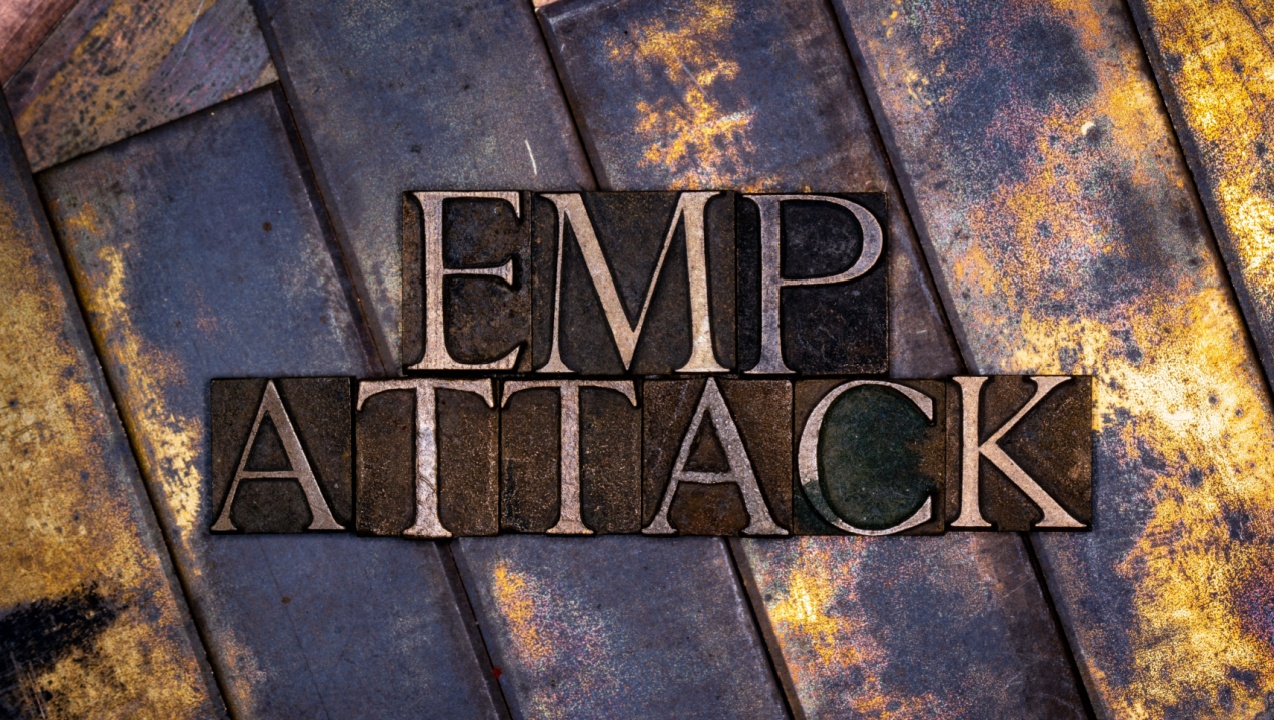
In today’s uncertain world, the looming threat of an electromagnetic pulse (EMP) attack is a stark reality that catches many off guard. An EMP strike holds the power to severely disrupt our modern society, leading to widespread disorder and devastation. From paralyzing our power grid to incapacitating communication networks, the aftermath of such an attack could be catastrophic.
24 Common Sense Ways to Prepare for an EMP Attack
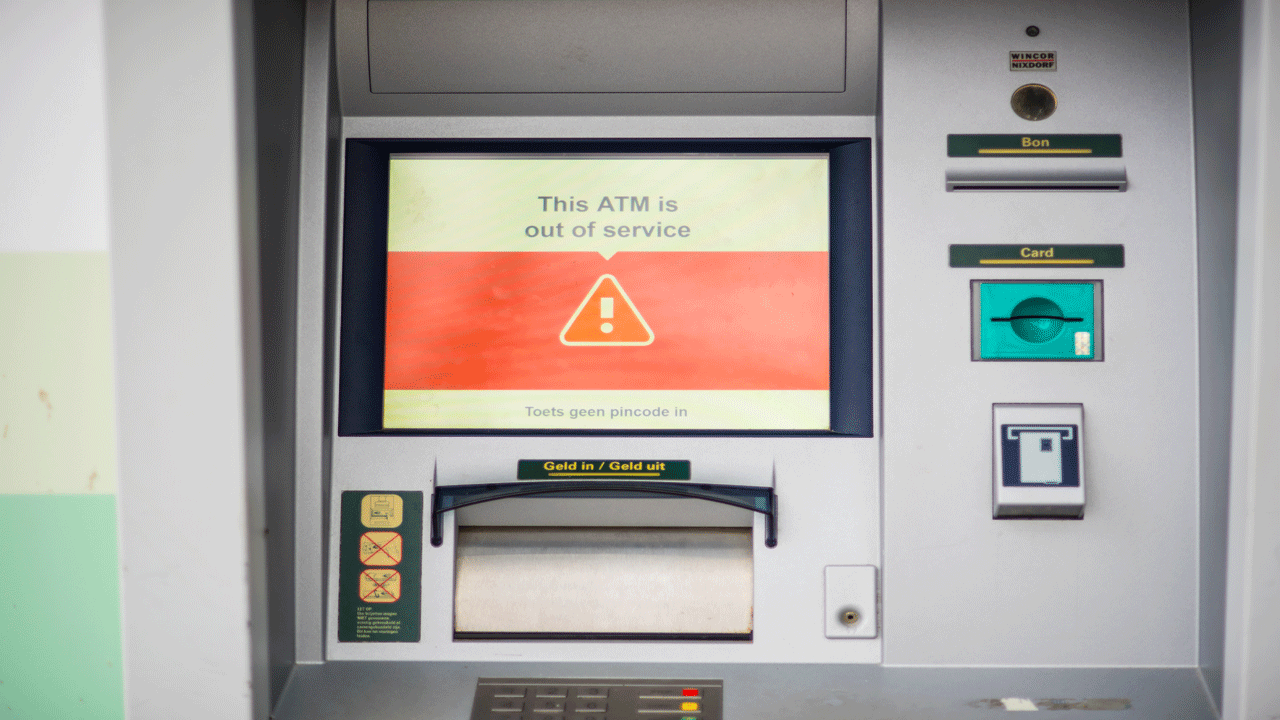 In today’s uncertain world, the looming threat of an electromagnetic pulse (EMP) attack is a stark reality that catches many off guard. An EMP strike holds the power to severely disrupt our modern society, leading to widespread disorder and devastation. From paralyzing our power grid to incapacitating communication networks, the aftermath of such an attack could be catastrophic. Here, we look into the possible consequences of an EMP assault, shedding light on the potential outcomes of such a catastrophe. By recognizing the grave dangers of an EMP attack, we can proactively protect ourselves and our loved ones.
In today’s uncertain world, the looming threat of an electromagnetic pulse (EMP) attack is a stark reality that catches many off guard. An EMP strike holds the power to severely disrupt our modern society, leading to widespread disorder and devastation. From paralyzing our power grid to incapacitating communication networks, the aftermath of such an attack could be catastrophic. Here, we look into the possible consequences of an EMP assault, shedding light on the potential outcomes of such a catastrophe. By recognizing the grave dangers of an EMP attack, we can proactively protect ourselves and our loved ones.
24 Important Money Moves to Make Before a Crisis

We live in a world where our financial stability can suddenly take a hit, especially in times of crisis. These unexpected events can shake our finances and livelihood, whether it’s losing a job out of the blue, facing a natural disaster, or dealing with a global pandemic. Preparing and making wise money moves before the storm is the key to getting through these challenging times. We’ll look at some of the critical steps you can take now to safeguard your finances and shield yourself from future crises. So, let’s dive in together and start planning for a more financially secure future!
